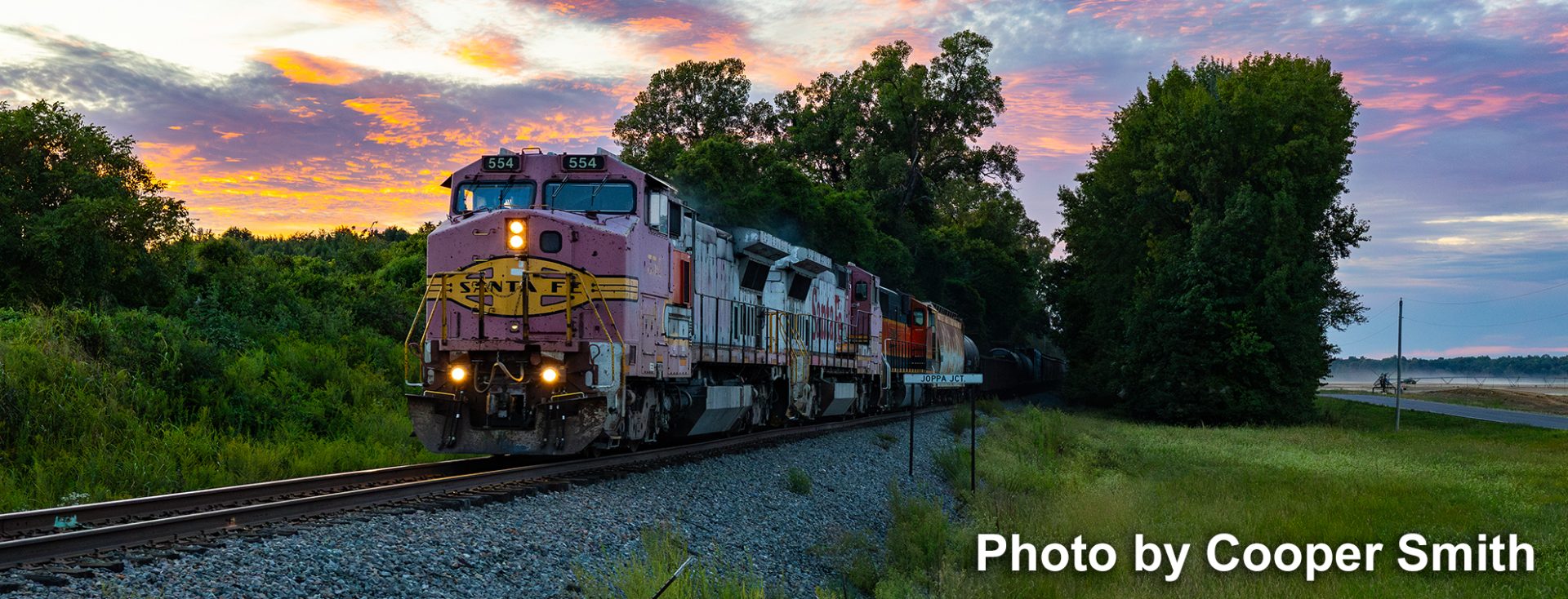Above: Hands-on Whistle Display at the Museum of American Railroads, State Fairgrounds, Dallas, TX – 1998
The working display of steam whistles was a popular attraction at the Museum of American Railroads in Dallas. An air compressor rather than live steam provided the real whistling, with a lanyard for each type shown. This very noisy display commanded a lot attention……, the kids loved it, some big kids did too.
Railroad engineers don’t blow the locomotive whistle just for the fun of it, although that’s what you might have thought in years past, when you heard unusual series of dots and dashes coming from a steam whistle or air horn. In the era prior to radio and other modern communications the locomotive whistle signals were extremely important in safe train movement. Most of the many signals are no longer used, even the flagman’s job has been eliminated along with brakemen and most switchmen, along with the caboose.
“Whooooooooo Whooooooooo whoo Whooooooo,” is the most familiar train whistle used as a warning for the highway grade crossing. That last Whoooooo is to be the moment the engine actually crosses the highway. As an aside: Dash-Dash-Dot-Dash is the Morse Code letter “Q.” That signal was used by the Queen of England’s yacht when entering a harbor, to announce her arrival. (probably also meant get the heck out of the way…)
Another whistle signals still in use today is: three long bursts for “I’m about to back up.” You may hear that signal down at the harbor too when a large ship is about to move astern.
Steam whistles used by American railroads were almost always chosen for their ability to be heard over great distances and to stand out over other noises and whistles of the day. Not all American railroads used deep sounding whistles. The Pennsylvania, for example, used a shrieking single note or “banshee” sound. Most mainline railroads preferred either a three-note or six-note whistle with the most popular being the three-chime version.
Fast moving steam locomotives generally had an air-horn to supplement the whistle, as at speeds of 80 -90 even a hundred miles per hour, the air-horn provided warnings at a greater range.
Credits: Photo by Mitchael K. Ostlund – Excerpts from Trains Magazines Feb 50 and Sep 2014 – Note: The Museum has since moved from Dallas to Frisco, TX. The fate of the display is not known. – Gary O. Ostlund

